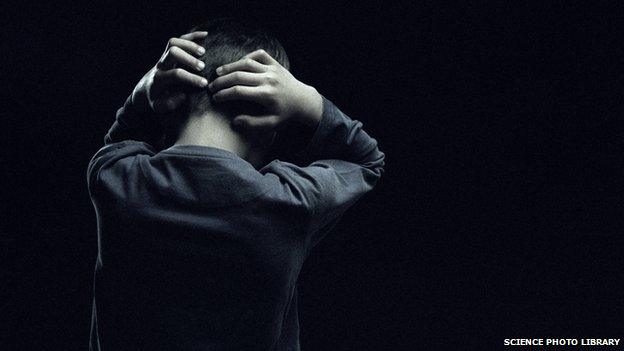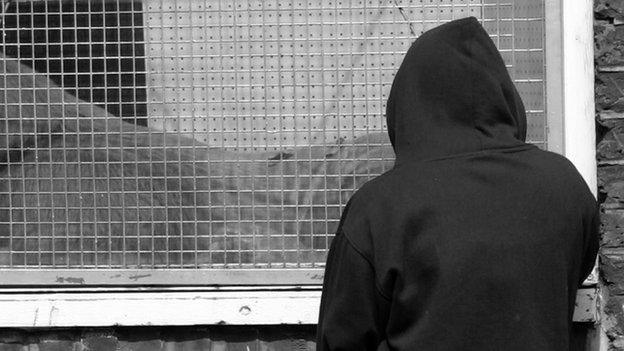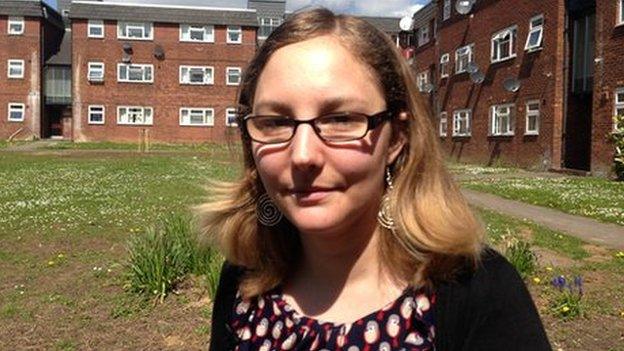Self-harm rate triples among teenagers in England
- Published

The number of teenagers who have self-harmed has tripled in the last decade in England, a new survey suggests.
The Health Behaviour in School-Aged Children (HBSC) report reveals that 20% of the 15-year-olds questioned had hurt themselves in the previous year.
The study, produced along with the World Health Organisation, spoke to 6,000 people in England aged 11, 13 and 15 and is due out later this year.
Self-harm can include biting and burning, as well as cutting oneself.
Get more information on self-harm on the Radio 1 website
The last comprehensive study of self-harm in England was published by the British Medical Journal in 2002.
It showed almost seven percent of the 6,000 15 and 16-year-olds questioned had self-harmed over the past year.

Prof Fiona Brooks, head of adolescent and child health at the University of Hertfordshire, led the HBSC investigation.
"Our findings are really worrying, and it [self-harm] is considerably worse among girls," she told The Guardian, external.
"At age 11, both girls and boys report a good level of emotional wellbeing. But by the age of 15, the gap has widened and we get 45% of adolescent girls saying they feel low once a week compared with 23% of boys."
She said factors such as stress at home, pressure to get the grades for university and the lack of a "guarantee of a job at the end of it all" can all contribute to poor mental health.
She said young people are "turning to strategies such as self-harm to manage stress in the short term".

Prof Brooks added: "Although there has been a decline in traditional risk behaviours like smoking and drug and alcohol abuse, there hasn't been a transition to more positive health behaviours."
Last year The National Institute for Health and Care Excellence published new guidance to improve standards of care for people who had self-harmed.
It claimed judgemental and negative attitudes by some hospital staff can result in some patients going on to deliberately harm themselves again.
NICE said around 220,000 people who self-harm are treated in hospital in England every year.

Amy Ratnett, 28, started to self-harm as a teenager. She spoke to Newsbeat about her experiences in May 2013.
She said: "I was in such a routine, stuck in a rut, that I didn't think of the consequences."
She used self-poisoning as a way to hurt herself, and regularly needed hospital treatment.
"I would come home from work on a Friday evening, take an overdose, call an ambulance, spend the weekend in hospital and then go back to work on a Monday as if nothing had happened," she said.
Find out more about Amy's story
"We want to help young people who experience a mental health problem and are spending over £50 million to boost their access to psychological therapies so they don't suffer in silence," said a spokesperson for the Department of Health at the time.
"We welcome the NICE quality standard on self-harm which will help healthcare professionals to provide high quality care."